- 336.301.9229
- info@travelholicsllc.com
- Mon - Fri: 9:00 am - 5:00 pm
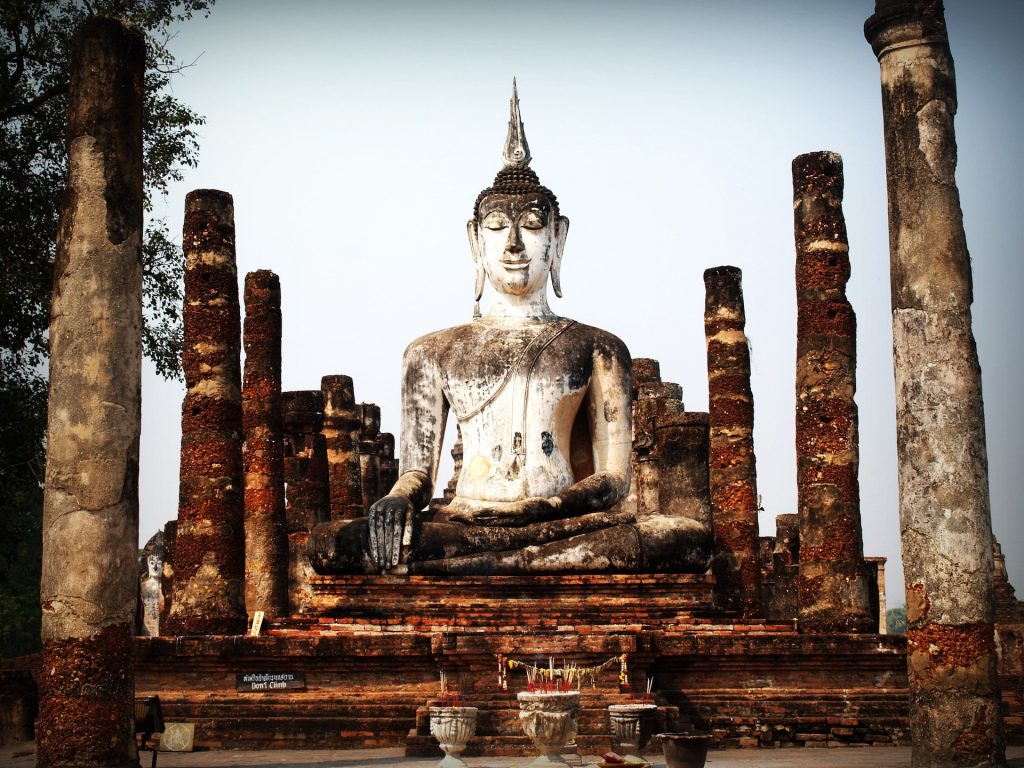
Journey Through Time: Bangkok's Rich History
Bangkok, the bustling capital of Thailand, is not only a modern metropolis but also a city steeped in rich history and cultural heritage. From its early beginnings as a small trading post to becoming a thriving metropolis, Bangkok’s journey through time is a tale of growth, transformation, and resilience. In this article, we will dive deep into the history of Bangkok, exploring significant historical events, landmarks, and its evolution into the vibrant city it is today.
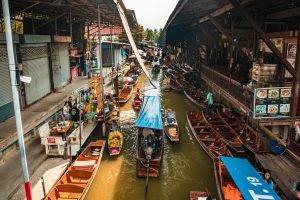
Bangkok's Early Beginnings: A City of Waterways
Long before it was known as Bangkok, the area was a city of waterways and canals, earning it the nickname “Venice of the East.” The Chao Phraya River and the surrounding water networks played a vital role in trade and communication, attracting settlers to the region.
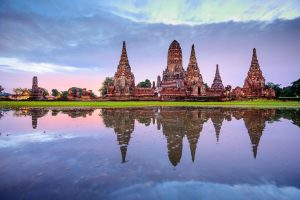
Ayutthaya Period: The Birth of a Kingdom
During the Ayutthaya Period (1351-1767), the Kingdom of Ayutthaya established its dominance over the region, with Bangkok serving as a strategic outpost. Ayutthaya, known for its architectural marvels and vibrant trade, flourished as one of the world’s most magnificent cities.
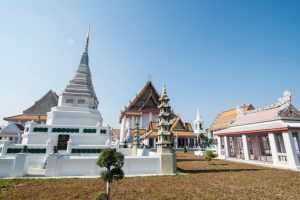
Thonburi Era: A Brief Interlude
Following the fall of Ayutthaya, Bangkok rose to prominence during the Thonburi Era (1767-1782) under the reign of King Taksin the Great. During this period, Bangkok briefly served as the capital of Thailand before moving across the river.
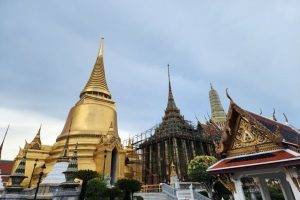
Rattanakosin Period: The Foundation of Modern Bangkok
In 1782, King Rama I moved the capital across the river to the eastern bank and established the Rattanakosin Kingdom. This marked the beginning of the Rattanakosin Period, during which Bangkok became the permanent capital of Thailand.
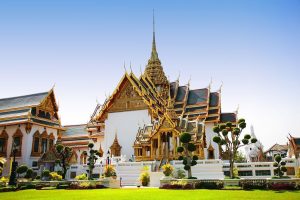
Grand Palace: A Symbol of Royal Majesty
The Grand Palace, built during the reign of King Rama I, is an architectural masterpiece and a symbol of royal majesty. The palace complex, with its stunning temples and intricate designs, remains a significant landmark in Bangkok.
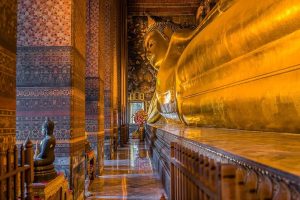
Wat Pho: The Temple of the Reclining Buddha
Wat Pho, or the Temple of the Reclining Buddha, is one of Bangkok’s oldest and largest temples. It houses the magnificent reclining Buddha, a 46-meter-long golden statue representing the passing of Buddha into nirvana.
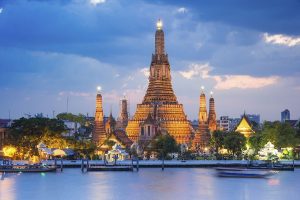
Wat Arun: The Temple of Dawn
Wat Arun, also known as the Temple of Dawn, is an iconic riverside temple with its distinctive Khmer-style tower. As one of Bangkok’s most revered temples, it offers breathtaking views of the Chao Phraya River.
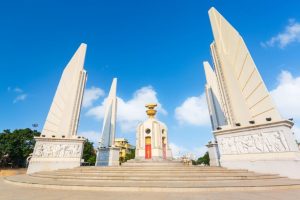
Democracy Monument: A Monument to Freedom
Built to commemorate the end of absolute monarchy in Thailand, the Democracy Monument stands as a symbol of freedom and democracy. It holds historical significance as the site of various political demonstrations and events.
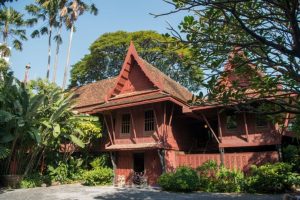
Jim Thompson House: A Blend of Thai and Western Architecture
The Jim Thompson House is a captivating cultural attraction, showcasing a unique blend of traditional Thai architecture and Western influences. The house was once owned by Jim Thompson, an American entrepreneur and silk enthusiast.
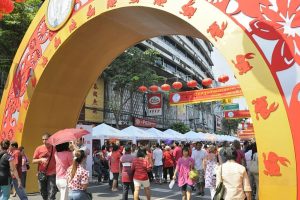
Bangkok's Chinatown: A Historic Ethnic Enclave
Bangkok’s Chinatown, known as Yaowarat, is a vibrant district with a rich history and cultural heritage. It dates back to the early days of Bangkok and remains a bustling hub of commerce, culture, and culinary delights.
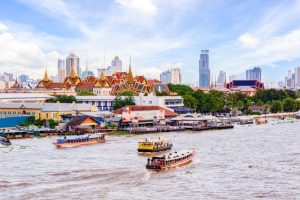
The River of Kings: Chao Phraya River
The Chao Phraya River, often referred to as the “River of Kings,” has been a lifeline for Bangkok throughout its history. It continues to play a significant role in transportation, trade, and tourism.
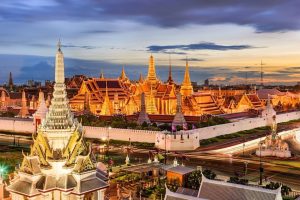
A Modern Metropolis: Bangkok in the 21st Century
In the 21st century, Bangkok has evolved into a modern metropolis, embracing technological advancements while preserving its cultural roots. Skyscrapers, shopping malls, and a vibrant nightlife coexist with historical landmarks and traditional markets.
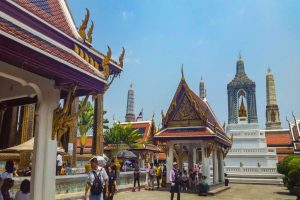
Preserving the Heritage: Historical Conservation Efforts
Bangkok’s rich history is carefully preserved through various historical conservation efforts. Efforts to maintain and restore ancient temples, palaces, and heritage sites are essential in ensuring that future generations can appreciate the city’s cultural legacy.
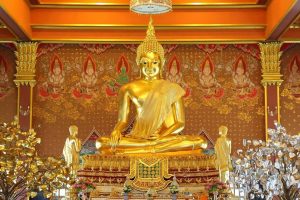
A Glimpse into Bangkok's Rich Past
As we journey through time, we catch a glimpse of Bangkok’s rich past—a tapestry woven with historical events, architectural wonders, and a tapestry of cultures. The city’s history continues to shape its present and will undoubtedly inspire its future.
Bangkok’s history is a testament to the city’s resilience, adaptability, and cultural diversity. From its early days as a trading post to becoming a thriving metropolis, Bangkok’s journey through time is a captivating story of growth and transformation. The historical landmarks and events that have shaped the city’s identity continue to be cherished by locals and admired by visitors from around the world.
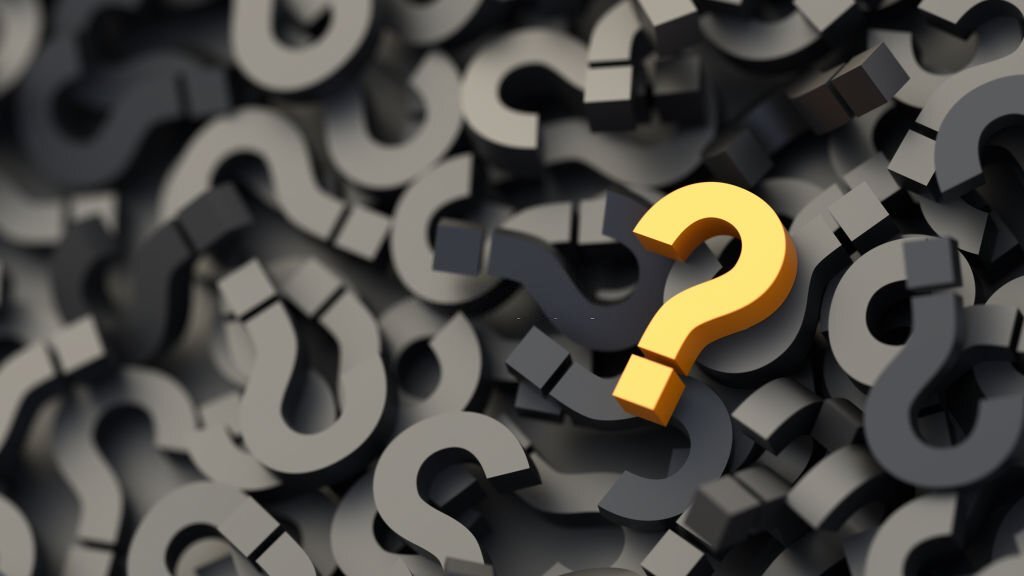
FAQs
What is the significance of the Grand Palace in Bangkok?
The Grand Palace is a symbol of royal majesty and an architectural masterpiece, serving as the official residence of the King of Thailand for generations.
How old is Wat Pho in Bangkok?
Wat Pho, or the Temple of the Reclining Buddha, dates back to the 16th century, making it one of Bangkok’s oldest and most revered temples.
What is the historical importance of the Democracy Monument?
The Democracy Monument commemorates the end of absolute monarchy in Thailand and represents the nation’s transition to democracy.
Who was Jim Thompson, and why is his house significant?
Jim Thompson was an American entrepreneur and silk enthusiast who played a crucial role in revitalizing the Thai silk industry. His house showcases a blend of Thai and Western architecture.
How does Bangkok preserve its historical heritage?
Bangkok preserves its historical heritage through various conservation efforts, including restoration projects, cultural initiatives, and historical site maintenance.



